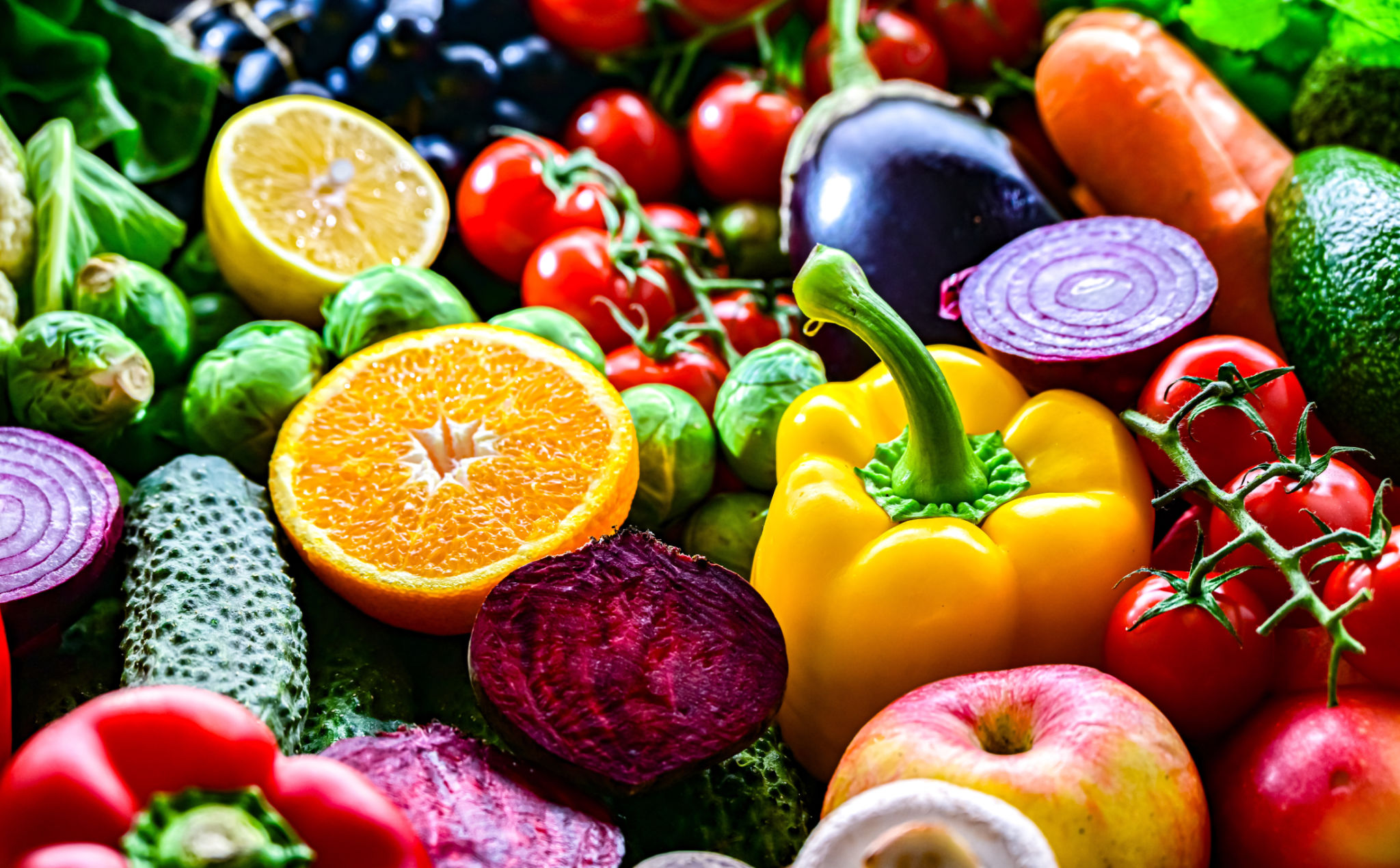5 Steps to Creating a Gut-Friendly Meal Plan
Understanding Gut Health
Maintaining a healthy gut is crucial for overall well-being. A balanced gut microbiome not only aids digestion but also boosts the immune system and even impacts mental health. A well-thought-out meal plan can support gut health by incorporating foods that promote a diverse and balanced microbiome.
Creating a gut-friendly meal plan might seem daunting at first, but with the right guidance, it becomes manageable. Here are five steps to help you create a meal plan that supports your gut health.

Step 1: Incorporate Probiotic-Rich Foods
Probiotics are beneficial bacteria that can help balance your gut microbiome. Incorporating probiotic-rich foods into your diet is a great first step toward a gut-friendly meal plan. Consider adding the following foods:
- Yogurt with live cultures
- Kefir
- Fermented vegetables like sauerkraut and kimchi
- Kombucha
These foods can enhance the diversity of your gut bacteria, promoting better digestion and overall health.
Step 2: Focus on Prebiotics
Prebiotics are non-digestible fibers that feed the beneficial bacteria in your gut. Including plenty of prebiotics in your diet is essential for maintaining a thriving microbiome. Some excellent sources of prebiotics include:
- Garlic
- Onions
- Leeks
- Bananas
- Asparagus
- Whole grains

Step 3: Limit Processed Foods and Sugar
Processed foods and high sugar intake can disrupt the balance of your gut microbiome by promoting the growth of harmful bacteria. To protect your gut health, aim to reduce your consumption of:
- Sugary snacks and beverages
- Processed meats
- Refined grains
- Artificial sweeteners
Instead, focus on whole, unprocessed foods that are rich in nutrients.
Step 4: Stay Hydrated
Hydration plays a key role in digestion and maintaining a healthy gut lining. Drinking enough water helps to keep things moving smoothly through your digestive tract and supports the function of your gut bacteria. Aim to drink at least eight glasses of water per day, adjusting for activity level and climate.

Step 5: Plan Balanced Meals
A balanced meal plan includes a variety of nutrients that support overall health and well-being. Aim to include a mix of:
- Lean proteins for muscle repair and energy.
- Healthy fats, such as avocados and nuts, to support cellular functions.
- Complex carbohydrates like quinoa and sweet potatoes for sustained energy.
- A variety of fruits and vegetables for essential vitamins and minerals.
By incorporating these elements into your meals, you can create a well-rounded diet that promotes a healthy gut.
Conclusion: Listen to Your Body
While these steps can guide you toward a healthier gut, it's important to listen to your body's unique needs. Different foods affect people in different ways, so pay attention to how your body responds to dietary changes. A gut-friendly meal plan is not one-size-fits-all, so be prepared to make adjustments as needed.
By following these five steps, you can take proactive steps towards fostering a healthier gut, leading to improved digestion, enhanced mood, and better overall health.